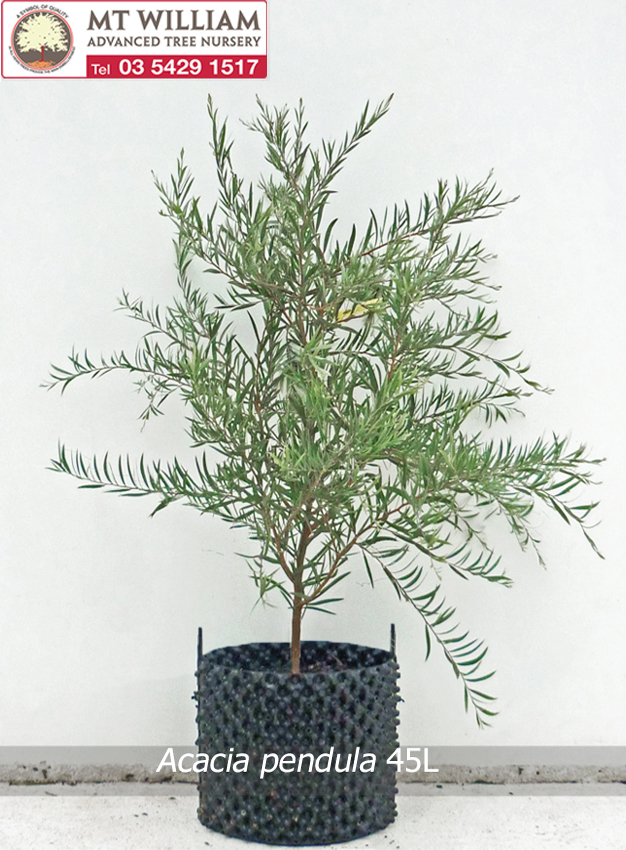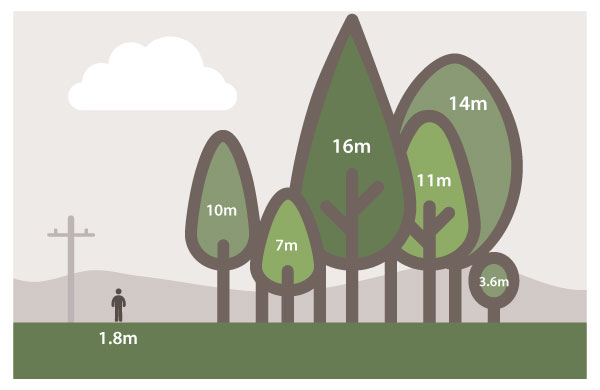Acacia pendula
Weeping Myall, Boree
Technical information
Height: 5-10m, Width: 4-6m
Habit & Growth rate: Acacia pendula can be a spreading or erect tree, in it is native environment, it often grows in alluvial soils, it is also found in relatively heavy clay soils in Victoria. Its habitat mainly western side of the Great Dividing Range, gets between 400-600 mm annual rainfall.
Acacia pendula is drought tolerant and once established can survive long periods without water, will grow in part shade, will grow in clay soils and withstand some water logging. Is frost tolerant. The rhizobium nodules help in fixing atmospheric nitrogen into the soil. Provides good shelter and attracts natives birds as they eat the seeds.
Foliage: Acacia pendula belongs to the Mimosaceae family: leguminous plants, mostly wattles. Like all wattles the main recognisable characters is that instead of leaves they usually have modified stems called phyllodes, which often look very similar to leaves. They can have many shapes and lengths.
Phyllodes are flexible, 5-8cm long, tending to sickle shaped, waxy-blue, with minute silver oppressed hairs. Flowers in spring on short racemes in axils, with 2-4 golden globular heads. Seed pods are flat 4-8cm long. Hard, rough, fissured, dark-grey bark.
Comments:
All plant dimensions are estimates only and ultimate size and growth rates will depend on growing conditions, particularly when used in some urban environments. All estimates are based around a 20-year time frame. With maturity most species will grow larger.

Reference: Costermans L. F. Native trees and shrubs of South Eastern Australia.
Spencer, R., (2002) Horticultural flora of south-eastern Australia; flowering plants, dicotyledons, part 2, University of NSW Press
All plant dimensions are estimates only and ultimate size and growth rates will depend on growing conditions, particularly when used in some urban environments.








